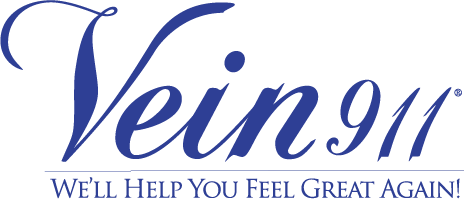Varicose veins are twisting, bulging, rope-like cords on the legs, anywhere from the ankle to the groin. Additionally, they are usually more uncomfortable and potentially harmful than spider veins. This is because varicose veins are larger distended veins, located deeper than spider veins. That said, normal veins are responsible for carrying blood against gravity back to the heart and lungs. This means varicose veins are caused by inefficient, damaged vein valves that don’t close properly, allowing blood to leak back with gravity and pool within the vein. When your vein valves leak and blood pools in your legs, this ultimately results in varicose veins, and you are diagnosed as having venous reflux or venous insufficiency.
Take Care of Your Varicose Veins Early
Many people hear of varicose veins, but very few truly understand their underlying cause or potential for developing into a serious medical problem. If you experience severe varicose veins, it can compromise the nutrition of the skin and lead to pain and swelling. Other medical problems that can develop are eczema, inflammation, and even ulceration of the lower leg. That said, it is important to take care of vein disease early. Luckily, the treatment and removal of varicose veins is a procedure that most insurance providers cover.

